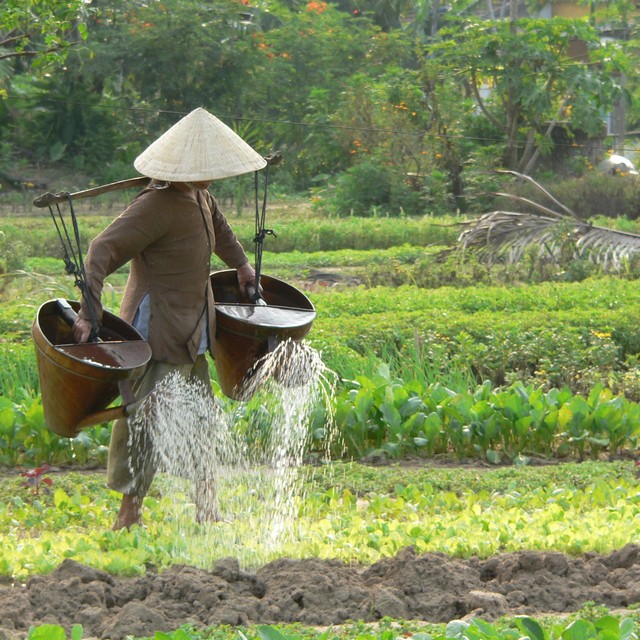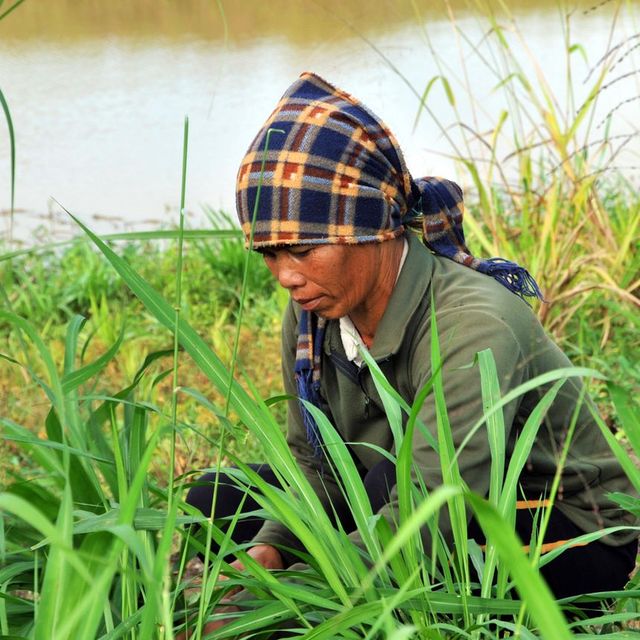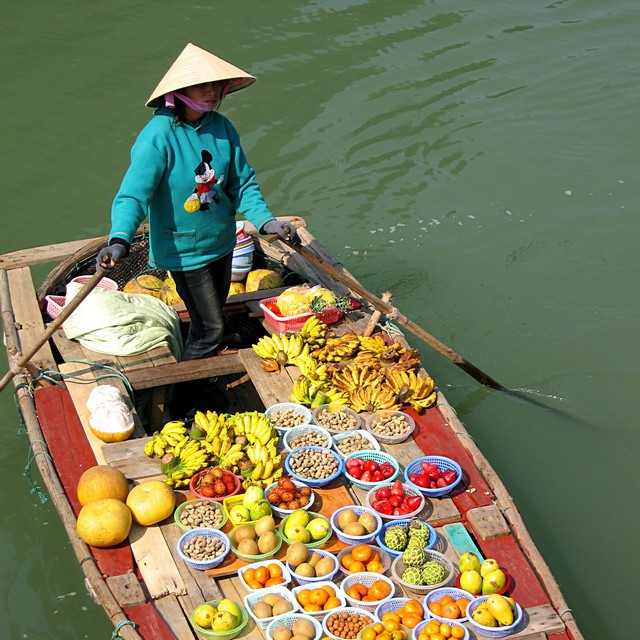
Hidden Vietnam
Vietnam
Culture
Historic cities, beautiful landscapes and pagodas
£0 pp
This is the per person group tour price, based on 2 sharing. The price is subject to change with exchange rate and flight cost fluctuations.
14 days

